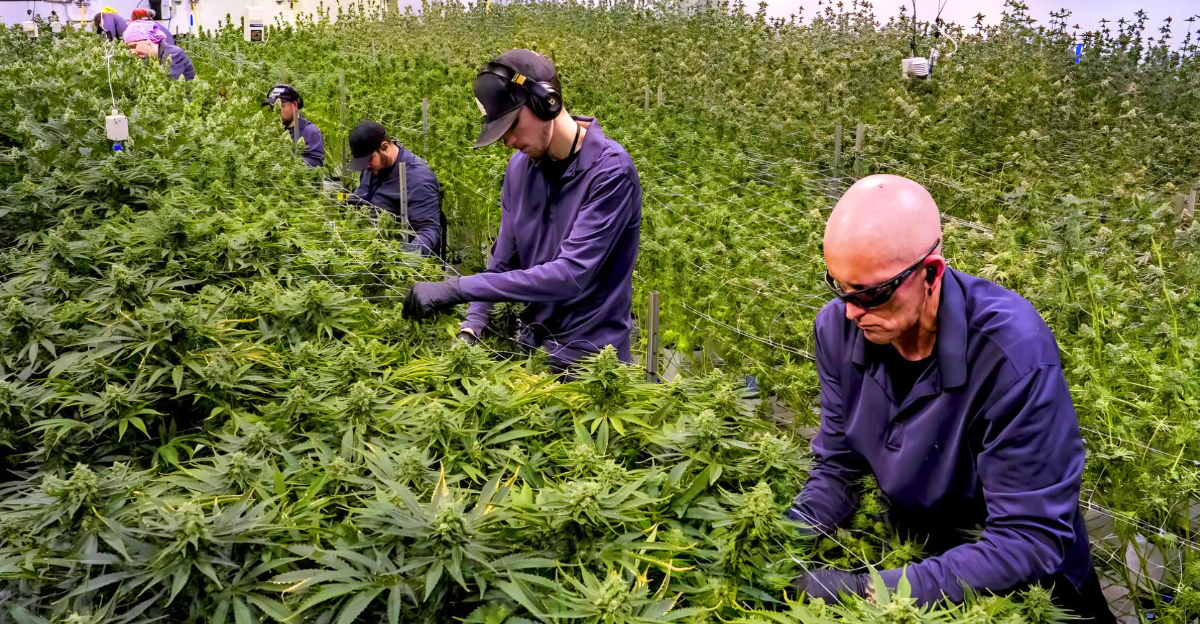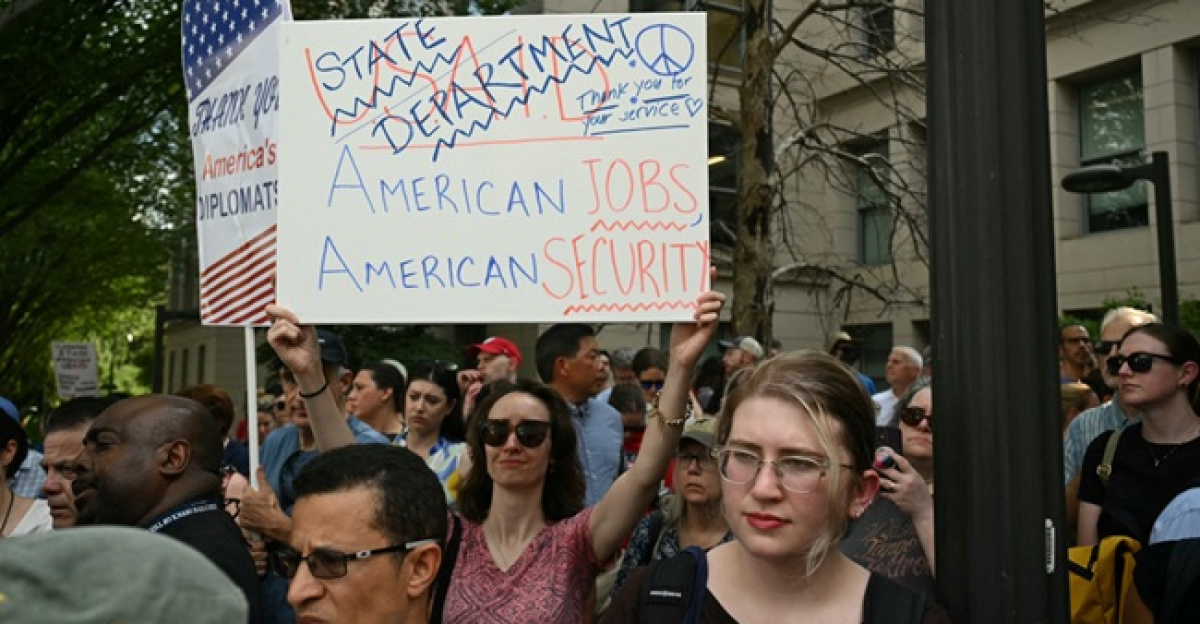
The Fall of a Michigan Cannabis Titan A significant turning point in the state’s cannabis industry has been reached with the recent announcement by TerrAscend Corp., a prominent cannabis company, to close 20 dispensaries and four cultivation facilities in Michigan, leading to 236 layoffs. This departure is a result of systemic issues such as market saturation, regulatory burdens, and economic headwinds, in addition to company-specific choices.
Crucially, this action also mirrors a broader national trend in which cannabis businesses are refocusing their portfolios to concentrate on states with lower regulatory barriers and higher profitability. Though theoretically profitable, the Michigan market has turned into a warning about rapid growth without long-term demand, highlighting the dangers of early-stage industry euphoria.
The Cannabis Market in Michigan: From Boom to Bust

In 2018, Michigan legalized cannabis for recreational use, which led to its quick spread. The state had more than 1,100 dispensaries and over $3 billion in sales by 2024. But the seeds of over-saturation were sown by this rapid expansion. The growth trajectory of the cannabis market is similar to that of other booming industries, like Michigan’s craft beer industry, which reached a peak of 510 breweries before consolidations reduced that number to about 400.
The market became fragmented as a result of the tighter regulations and the influx of new competitors, making it difficult for many operators to stand out. Early legalization was characterized by hope and a surge of investment, but a traditional boom-and-bust cycle has resulted from a lack of long-term strategic planning and market discipline. For other states and industries going through rapid deregulation and market entry, this history serves as a warning.
The Impact of Market Saturation

The cannabis market in Michigan is extremely saturated. Since there are dispensaries almost everywhere, competition has gotten so fierce that it is difficult to make money. Companies are forced into a race to the bottom as a result of oversupply driving down prices. This situation reduces profits and forces operators to make drastic cost reductions, frequently by closing under-performing locations and laying off employees.
In addition, the state has flooded the market with more supply than consumers can handle due to the proliferation of licenses it has granted without adequately forecasting market demand. As businesses try to keep up sales volume, this glut has resulted in price wars and lower-quality products. The local cannabis economy is affected by the saturation, which also affects ancillary companies like distributors and suppliers.
Economic and Regulatory Obstacles

High taxes and complicated regulations burden Michigan’s cannabis sector, driving up operating costs and limiting profitability. Cannabis businesses face limited banking access, which restricts the availability of capital and increases financial strain, in contrast to federally legal industries. Furthermore, the demand for discretionary goods like cannabis has decreased as a result of tighter consumer spending brought on by inflation and a general economic slowdown.
In addition, security, testing, and reporting compliance costs are disproportionately high when compared to other consumer goods sectors. Many operators are forced to rely on cash transactions or pricey alternative financial services due to limited access to traditional banking services, which raises operational risk and inefficiencies. All of these elements work together to reduce profitability, particularly for large businesses without substantial capital reserves.
The Strategic and Psychological Effects on Employees

More than just numbers, the mass layoffs of 236 workers in Michigan indicate significant psychological and social repercussions. Losses of jobs in a specialized industry like cannabis disturb livelihoods and increase economic instability in the impacted areas. These layoffs represent a painful but necessary strategic realignment. Businesses need to streamline operations to stay afloat in a contracting market.
There is now uncertainty in communities that once welcomed cannabis businesses as economic revitalizers, with possible side effects like lower local spending and higher demand for social services. Strategically, companies like TerrAscend have to strike a balance between short-term cost reduction, long-term brand reputation, and workforce stability, a challenging equation in volatile markets.
Is This a Strategy Failure or a Market Correction?

Although many blame external market forces for TerrAscend’s demise, a contrarian analysis contends that internal strategic errors may have hastened the company’s demise. Underestimating operating costs, failing to adjust to the peculiarities of the local market, and over-expansion without enough differentiation could have all played a role. The argument that Michigan’s market is entirely to blame is contested by this viewpoint, which holds that businesses must innovate beyond scale in order to thrive, through branding, customer experience, and product quality.
The company may not have been as focused or responsive to Michigan’s particular market dynamics due to its portfolio diversification strategy, which dispersed resources across several states. This opposing viewpoint promotes a closer look at market intelligence capabilities, investment choices, and corporate governance.
Trends in the Industry — A National Decline

The Michigan exit of TerrAscend is not unique. Due to declining sales, regulatory obstacles, and investor hesitancy, cannabis companies such as Curaleaf, Weedmaps, and Flowhub have announced layoffs and retrenchments across the United States. Due to federal illegality, the industry is experiencing a downturn marked by intense competition, declining wholesale prices, and restricted access to capital. Companies are under pressure to innovate, consolidate, or die as a result of this national contraction.
The situation in Michigan serves as a microcosm of this larger industry upheaval, exposing structural weaknesses that cut across state boundaries. As federal legalization stalls and profitability remains elusive, investor enthusiasm that drove valuations and expansion in 2020–2022 has diminished. As a result of market skepticism, the stock prices of numerous publicly traded cannabis companies have dropped by more than 70% from their peak.
Consolidation of the Market and the Resurgence of the Black Market

Major companies like TerrAscend leaving the market could hasten market consolidation and favor bigger, better-capitalized companies that can withstand downturns. Closings run the risk of driving customers back to the black market, where there are fewer restrictions and cheaper prices. This resurgence feeds a vicious cycle by undermining tax revenues and the expansion of the legal market.
Regional oligopolies or monopolies could result from consolidation, which could weaken consumer bargaining power and impede product diversity. On the other hand, it might also result in higher compliance standards and operational efficiencies. Because unregulated products present safety risks, the second-order effects also affect public health.
The Lifecycle Model of the Cannabis Industry

The Cannabis Industry Lifecycle Model, which includes rapid market entry (boom), oversaturation and competition (bubble), contraction and consolidation (correction), stabilization, and maturation, can be used to understand these dynamics. At the moment, Michigan is in the correction phase, where survivors adjust and ineffective operators leave. Similar to other disruptive industries, this model provides a lens through which to view upcoming developments that may bring about equilibrium and sustainable growth, such as improved regulatory clarity, technological innovation, and market segmentation.
It also emphasizes how crucial market intelligence and data analytics are for directing operational and investment choices. Anticipate differentiation as the market develops through sophisticated branding, new product innovation (such as edibles and wellness products), and supply chain transparency through the use of technology.
Illuminating the Way Ahead

The widespread layoffs and closures of TerrAscend in Michigan shed light on the growing difficulties facing the cannabis sector in the face of a shifting regulatory and economic environment. This event is a necessary recalibration toward a more sustainable market structure, not just a failure. To thrive, the sector needs to adopt financial prudence, regulatory reform, and strategic innovation. Companies must improve their business models beyond scale alone, and policymakers should think about reducing restrictions and extending licenses to promote competition and consumer access.
The national conversation on cannabis policy and business strategy should be influenced by the lessons learned from Michigan’s experience. The industry can develop into one that is socially beneficial, profitable, and responsible by encouraging cooperation between communities, industry leaders, and regulators.